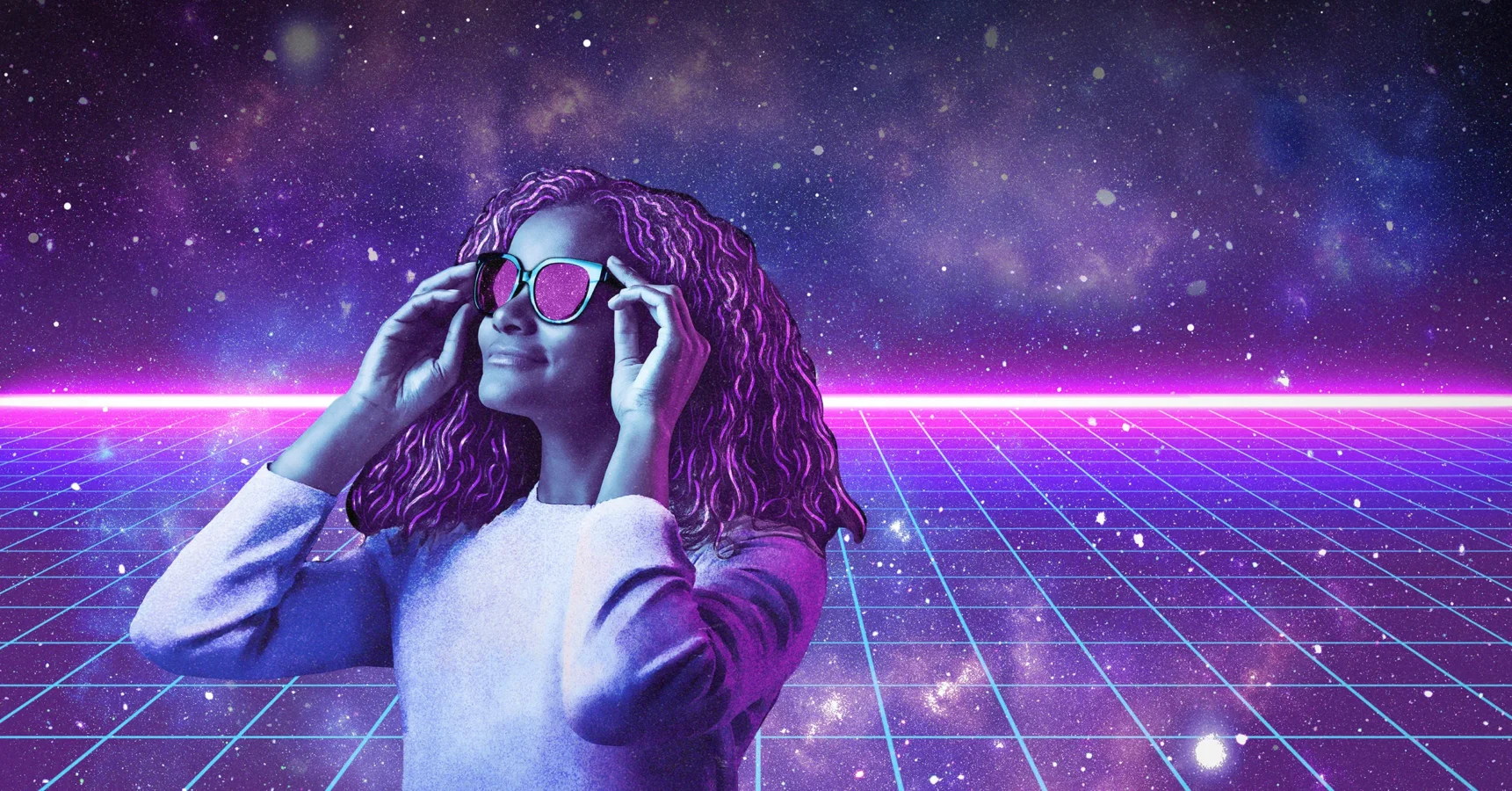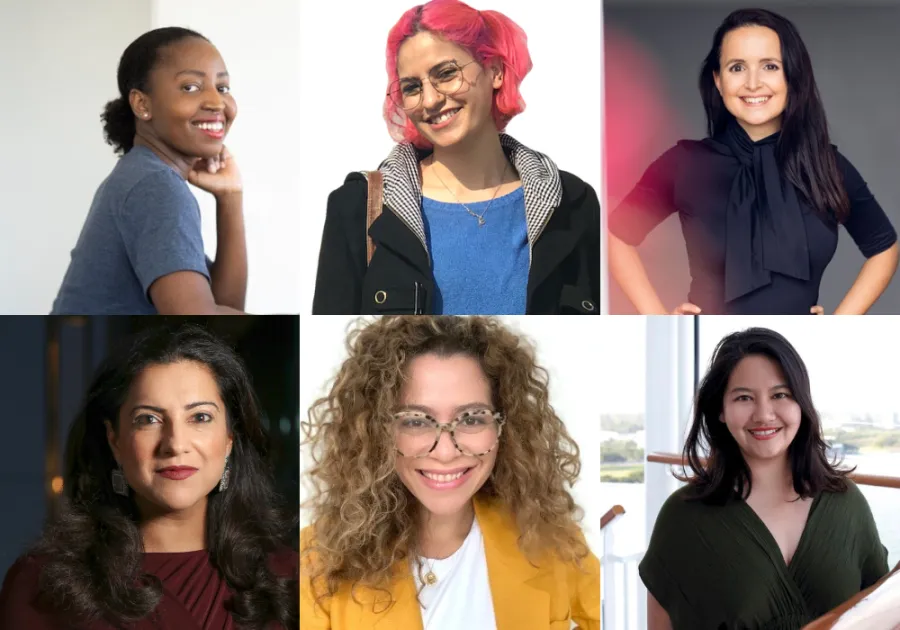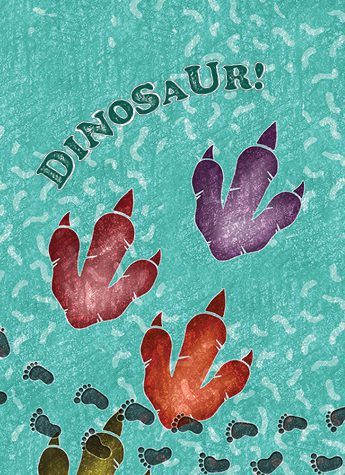- Shows &
Tickets - Classes &
Camps-
-
-
-
Interested in after-school activities for your kids? Explore After School Programs
-
-
-
- Schools &
Educators-
-
- Schools & Educators
Partner with the Alliance Theatre Institute for professional learning for educators and arts-integrated or theater-based instruction for students.
-
Unique Programs
We offer unique programs that use the power of the arts to inspire students, develop skills, and create positive change in schools and communities.
- Poetry Out Loud: Georgia
- JumpStart Theatre
-
-
-
-
Tickets for Teachers is a free ticket program for educators for Alliance Theatre productions. View Program Details
-
-
-
- Artists &
Community-
-
- Artists & Community
Learn more about our playwriting programs, partnerships with community organizations, and resources for artists.
-
An exploration of theater and the people who make it happen.
-
Check here for all major announcements from the theater.
-
-
- Impact &
Support-
-
- Impact & Support
Your support brings stories to life, funds community programs, and ensures more people have access to powerful theater experiences.
-
Name a Seat in the Goizueta Stage
Put your unique handprint on better tomorrows for Atlanta's young audiences.
-
-



In The Many Wondrous Realities of Jasmine Starr-Kidd, it is normal to see a young woman who excels in math, science, and programming. However, in our reality, girls are rarely offered the same opportunities to succeed in tech fields as their male counterparts.
Around the world, women are greatly underrepresented in tech, making up only 28% of the global tech workforce. The situation is even more dire for women of color. According to Command Shift Coalition – a U.S. based network dedicated to increasing diversity in tech – women of color make up only 5% of the 4.7 million tech workers in the United States, despite accounting for 20% of the country’s population.
Fortunately, there are many leaders and organizations doing ground-breaking work to combat these barriers. This exhibit highlights six women-led programs increasing women and girls’ access and opportunity in the tech industry. Some programs provide training and development while others focus on advancement and networking. All of them are creating a reality where women and girls are the norm in tech.
What is coding?
According to UC Berkeley, “coding is the process of translating instructions from our language to the computer’s language. Specifically, machine language is written in binary terms (0s and 1s), so coders write their word-based instructions into an applicable format that the computer understands.”
Computer programming has existed as a concept for over 200 years. In 1821, Charles Babbage invented the difference engine, which was the first automatic mathematical calculator. Then, in 1842, Ada Lovelace proposed that Babbage’s Analytic Engine could do more than simple calculations. She theorized that the machine could carry out more complicated algorithms. For her research into these algorithms, she is considered the first computer programmer.
In the 20th century, computer programming and coding saw rapid developments through innovations by pioneers such as Alan Turing, John Backus, and Katherine Johnson.
Today, there are almost 9,000 coding languages in existence. But don’t let that intimidate you! Only a handful are used widely for personal and professional programming. It’s easier than ever to learn how to code, and there are plenty of online resources to learn from the comfort of your own home.
Online Resources to Learn More
Black Girls Code // Kimberly Bryant (TED Talk)
How I taught myself to code // Litha Soyizwapi (TED Talk)
Don’t Just Learn To Code, Learn To Create // Justin Richards (TED Talk)
“How to Learn Programming – The Guide I Wish I Had When I Started Learning to Code” by Jacob Stopak (Article)
CodeAcademy (Training Resource)
W3School (Training Resource)
Harvard’s CS50 Introduction to Computer Science (Training Resource)
Free Code Camp (Training Resource)
Learn more about The Many Wondrous Realities of Jasmine Starr-Kidd.












